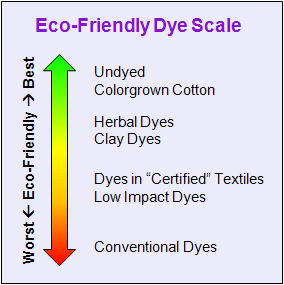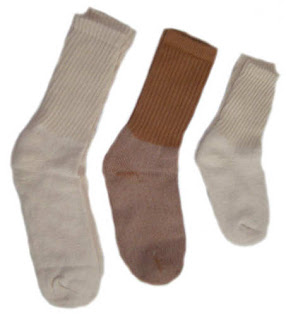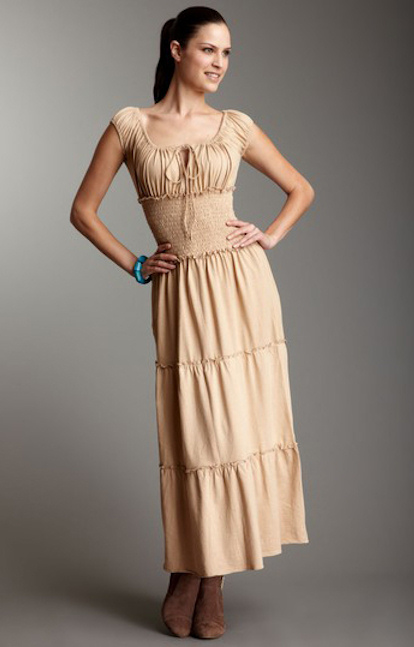There is so much confusion on what goes into dyes that I thought I’d help clarify a little. There are a large number of variations within categories of dyes, but for now we’ll stick to gross categories to get oriented. Here is my take on the overall dye process and the eco-friendliness of different dyes.

What most people hear about these days are low-impact dyes, azo-free dyes or fiber-reactive dyes. These are a category of synthetic, chemical-based dyes that are absorbed more easily into clothing than conventional dyes. Low-impact dyes are substantially better for the environment than conventional dyes because:
- The higher absorption rate (greater than 70%) means less chemical and grey water runoff.
- They do not include azo-dyes, a family of dye groups that can contain anything from toxic compounds such as chlorine bleach to known carcinogens such as carcinogenic aryl amines.
- Low-impact dyes do not contain heavy metals
Still while low-impact dyes are better for the environment than conventional dyes, that doesn’t specifically mean they are good for the environment. Also, many people with multiple chemical sensitivities have reactions to low-impact dyes.
Going one small step further, some textiles are Oeko-Tek or Global Organic Textile Standard (GOTS) certified. These certifications do not focus solely on the dye, but are end-to-end process and final textile safety certifications. The dyes used in the final fabric must be at least as good as low-impact dyes and are specifically tested for skin-safety. The only issue with these standards is that they are not always used in the USA, since both were developed in Europe. There are many legitimate, eco-friendly companies that are still using USA-specific fiber certifications along with low-impact dyes. For example SOS From Texas grows cotton that meets all US Department of Agriculture Organic Standards and is certified organic by the Texas Department of Agriculture. Their final textiles would likely pass either of the above mentioned certifications, so the lack thereof for a US company is not necessarily telling in any way.

Getting away from synthetic dyes altogether, low-impact or otherwise, there is a class of natural dyes that are higher up on the eco-scale. Clay-dyes are dyes that are literally made from natural earth muds and clays. They are mixed with water and often little else. The colors are softer, but the dye stays put and they tend to work for people with chemical sensitives. Earth Creations has been offering clay-dyed clothing since 1996. Similarly, there are herbal and tea dyes which are created from plants. The range of colors is limited, but lovely and again, these dyes tend to work for chemically sensitive folks. The biggest downside of herbal dyes is the price. Faerie’s Dance has seen some lovely tea dyed pieces, but so far we’ve balked at the higher costs. We will have some herbal dyed items in 2010 to test the market desire.

Of course the overall least impact to the environment is not to dye clothing at all. So undyed is at the top of our eco-friendly list. But for those who may be tired of “natural” colored items, there is an alternative. There are several strains of cotton that are grown in colors. The colors are somewhat muted, but there is a lovely camel brown and soft green generally referred to as Colorgrown cottons. You can see the depth of color in the undyed brown sock in the center versus the traditional natural colored cotton socks on the ends. Take a look at this undyed Peasant Dress in camel brown.
In summary, the best way to get truly vibrant purples and reds is to use low-impact dyes. We all need a few fashion pieces that really make a statement. But if we fill in the closet with clay-dyed, herbal dyed, Colorgrown and undyed items, we’ll have a lighter impact on the planet and a healthier wardrobe all around.
